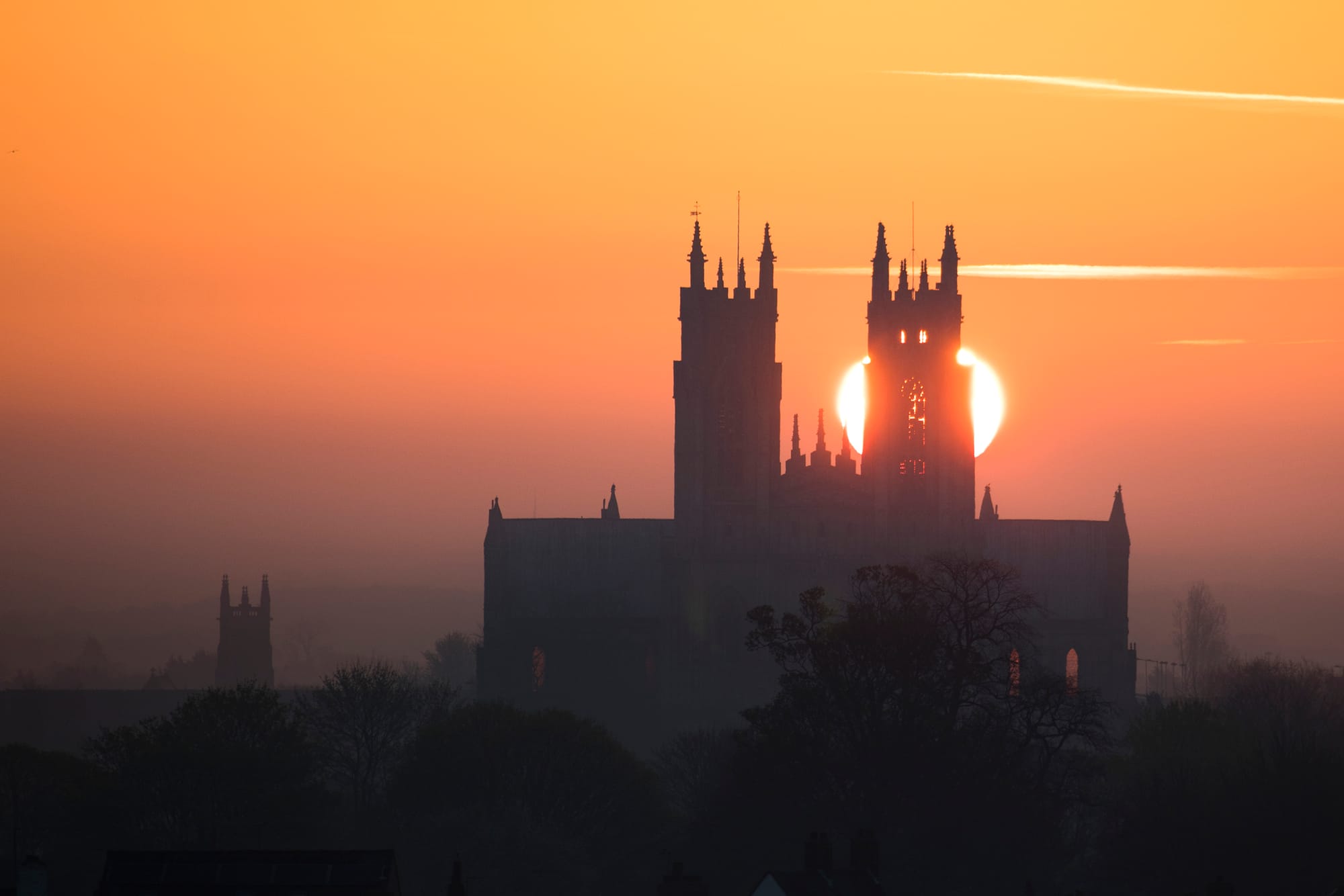
This article is a part of the Eustace collection - aimed at helping others create counter-narratives to threats to our historic environment.
Learn more about EustaceAccess all the Eustace articles here:
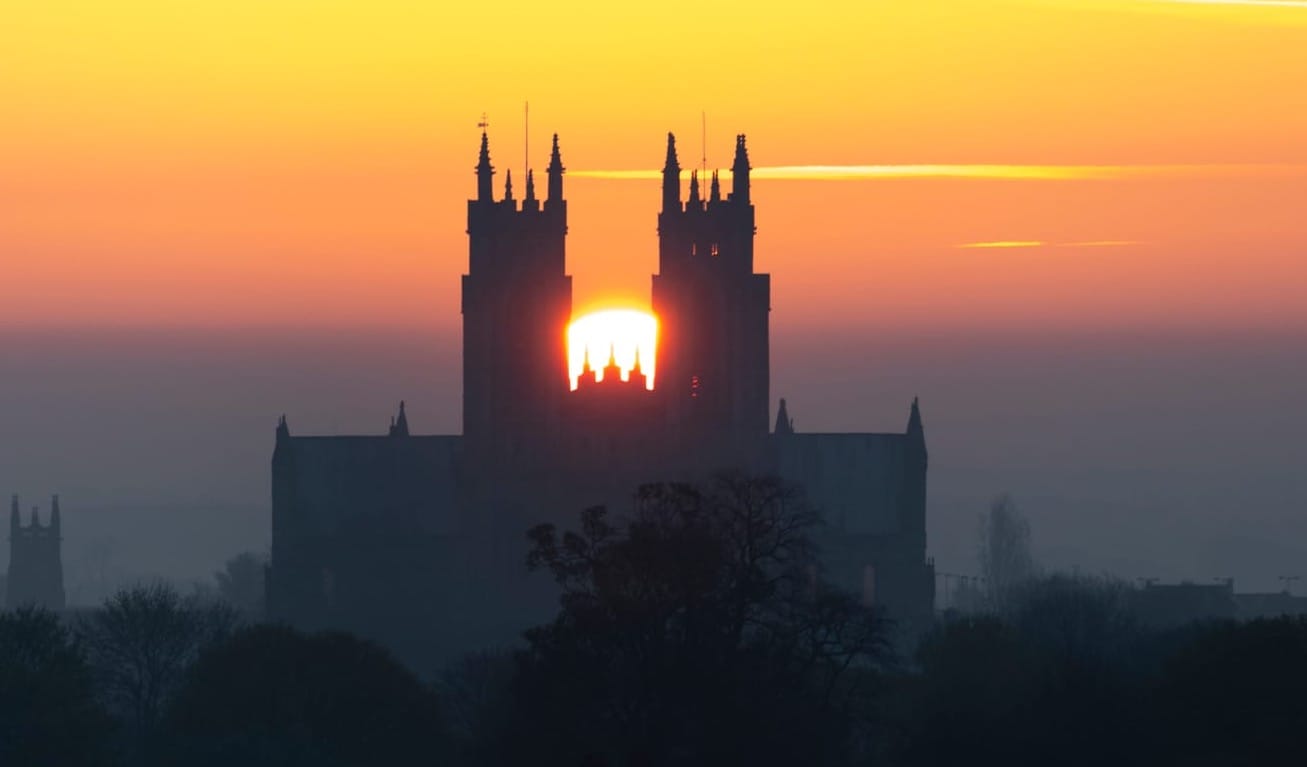
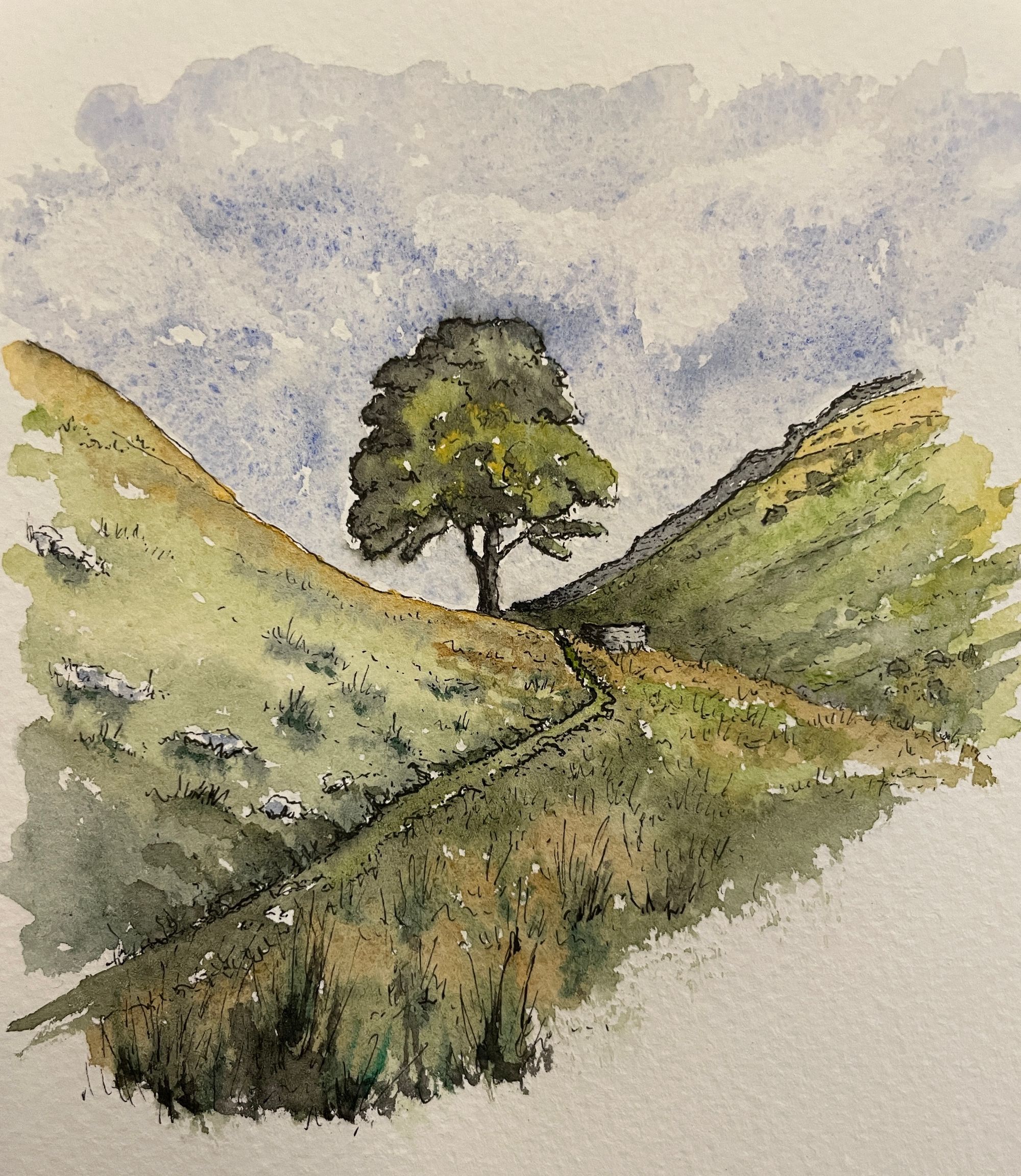
Painting thanks to Rebecca Warren
The Sycamore Gap: the presence of absence
When I visited Hadrian’s Wall recently, I was caught between cycling besides the Birdoswald fort or visiting Sycamore Gap - that iconic location where a lone tree within a historic dip in the landscape has managed to infiltrate the British psyche.
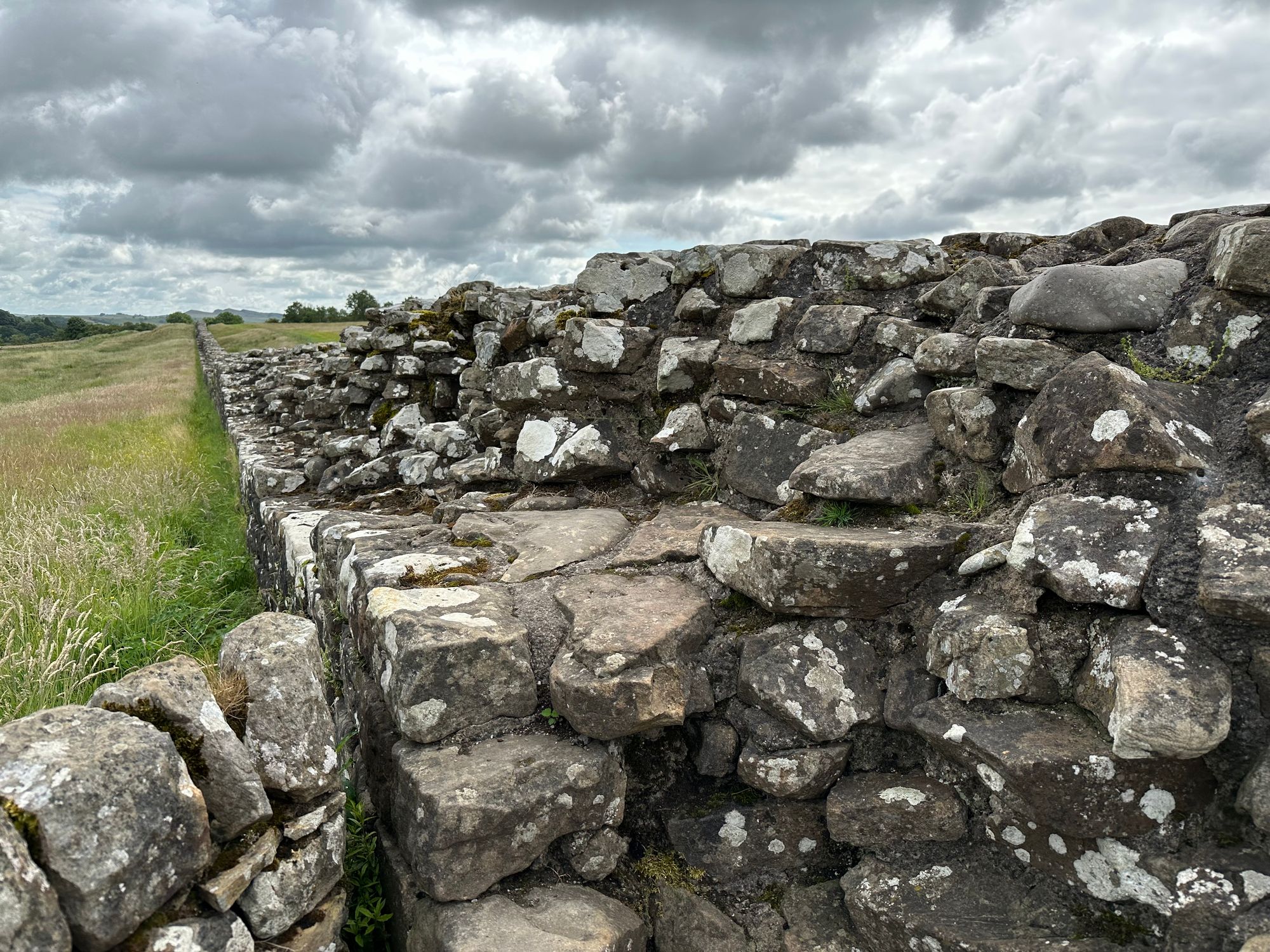
I plumped for Birdoswald and missed the opportunity of ever seeing one of the most photographed trees in the country. On 28 September the tree was unlawfully cut down in the dark hours.
Upon waking to the news, why did I feel such a throbbing, mourning loss at something that I’ve never seen?
These places become greater than the sum of their parts - taking on a role that is inter-generational, one that contributes to a sense of identity. But, I think it’s something more than that: we tend to look for answers to our personal trials and tribulations in the environment around us. These things become anchor points, sticky entrapments that slowly imbibe our lives - they become props that support us in difficult times.
Whilst photographing the churches of the Romney Marsh, I visited one of my own ’Sycamore Gap’ places: St. Clement’s, Old Romney. Film maker and activist, Derek Jarman is buried there. Just ten minutes down the road from Old Romney is Jarman’s Prospect Cottage, another ‘sticky entrapment’ to the psyche of many who relate to Jarman’s fight with HIV.
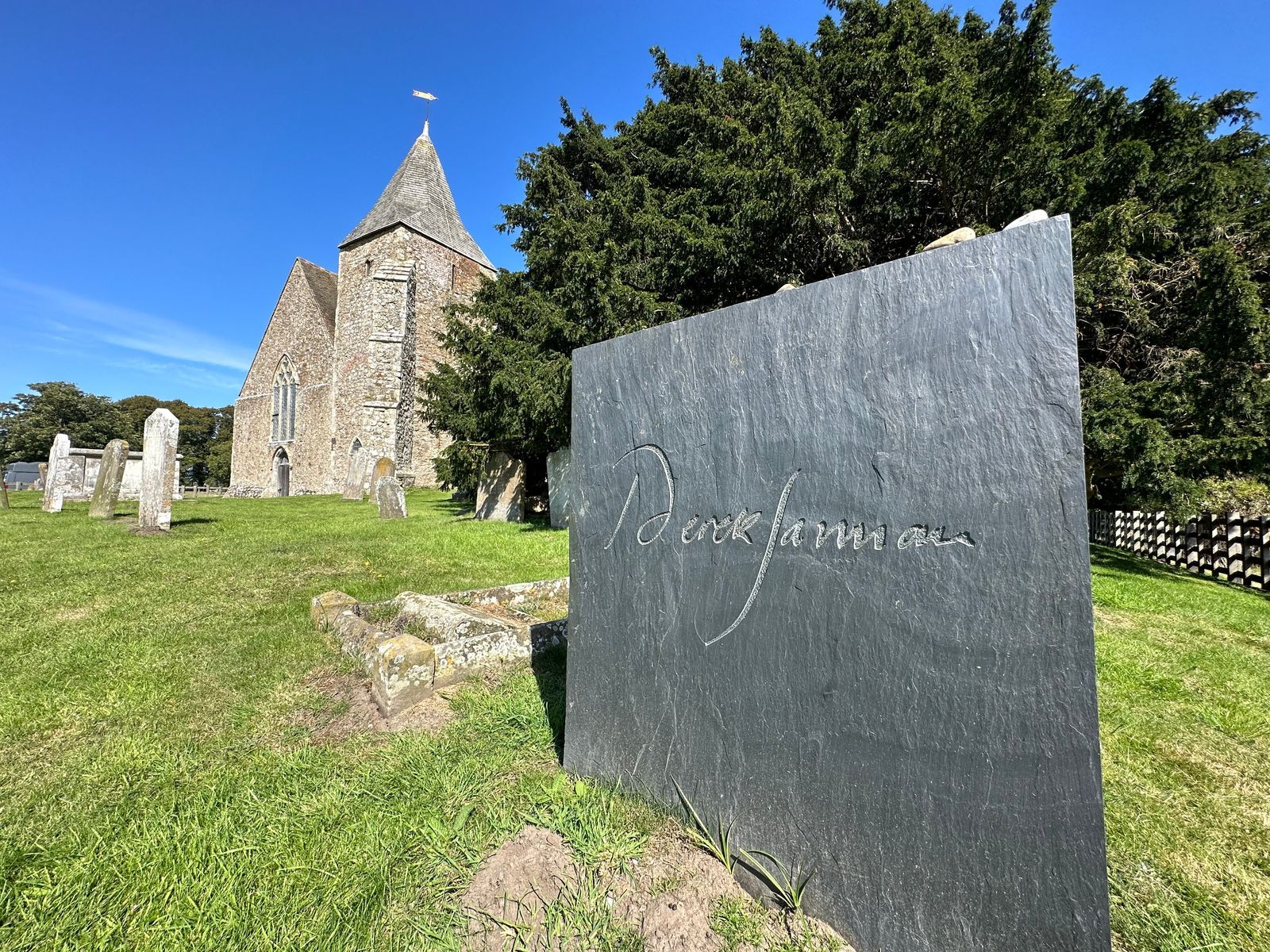
"...we tend to look for answers to our personal trials and tribulations in the environment around us."
Jarman, through the existential vagaries of illness, found solace in key locations around him. In his journal, he talks about the church tower at Lydd and finds in it a deep rooted symbol, anchored in time, that steadies his feverish condition.
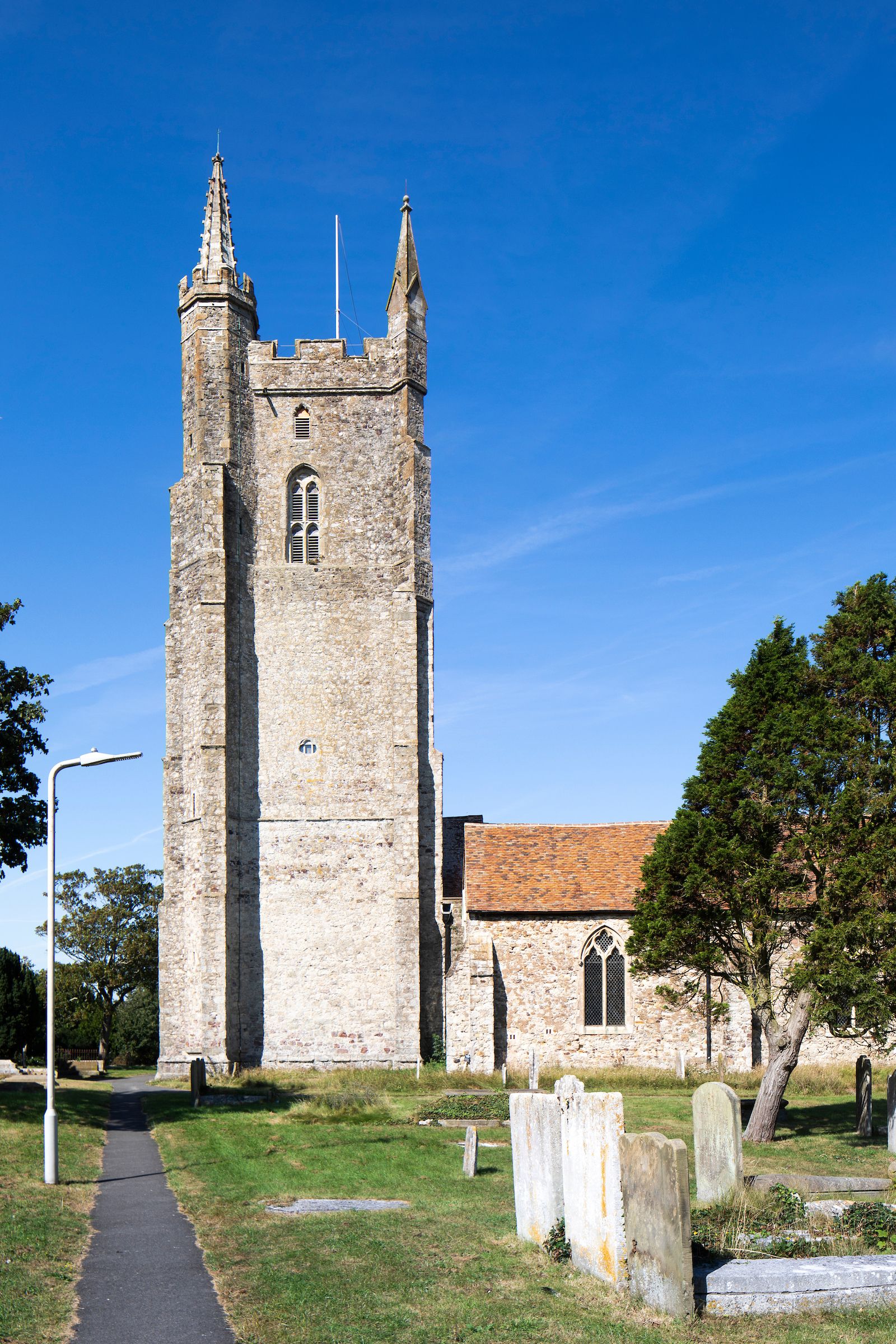
Amy Liptrot, in her book The Instant, captures the essence of our relationship with places like the Sycamore Gap and Lydd church:
“Unbidden, certain objects glow with relevance….We are meaning-making machines. I use all these little personal myths and totems to hold myself together: things to search for when I'm faced with overwhelming choice and freedom.”
And so, feeling anxious in a world where choice and freedom is being overwhelmingly redacted; in these days of extremes, of bluff and absurd rhetoric, I find myself cut loose by the cutting down of a tree.
The tree spoke of continuity and formed a shelter against the fickleness of the present. It told me that, in spite of the extremes of our current age, there are places in our natural and historic environment that are telling.
They tell us that there is a better side to the human condition. Perhaps more powerfully than that, these places reveal our innate desire for connection and provide counter narratives to those that might oppose that.
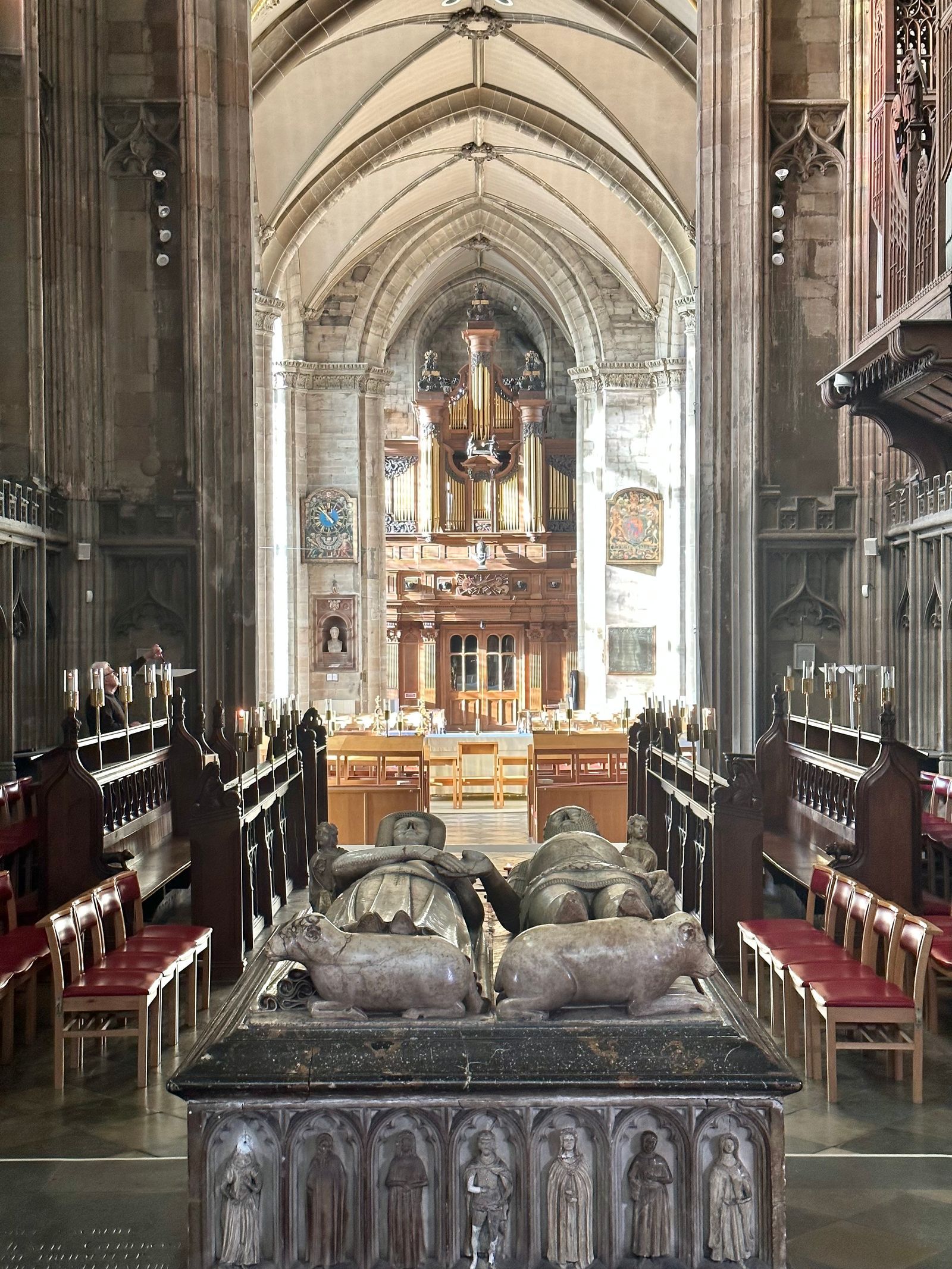
"It told me that, in spite of the extremes of our current age, there are places in our natural and historic environment that are telling."
Over at St. Mary’s, Warwick at the tomb of Thomas and Katherine de Beauchamp I found a ‘hand clasp’ that does just that. It shines through the formal sculpted pomp and rhetoric of the feudal age, and, in doing so, gives me hope for the future.
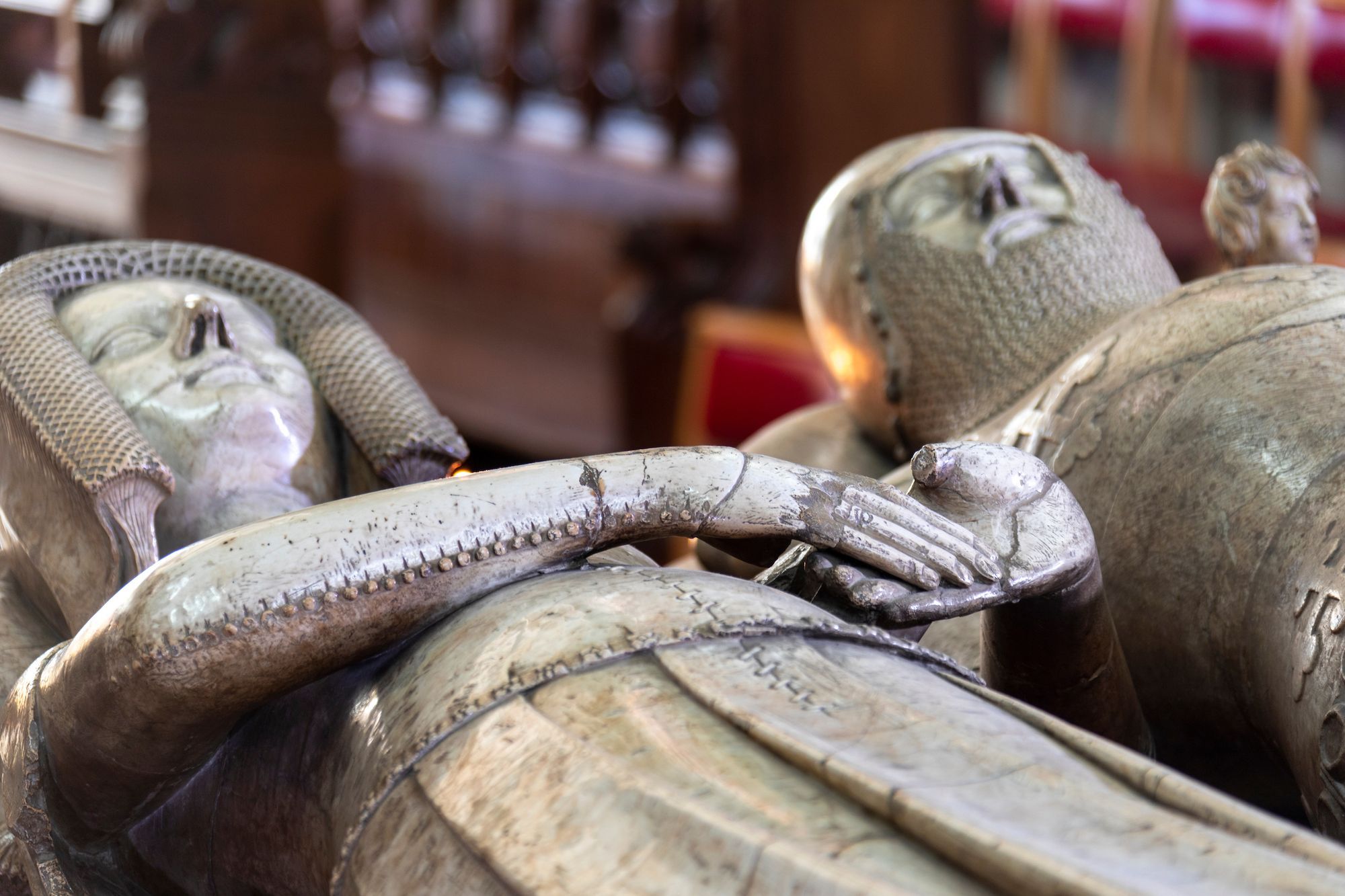
Larkin speaks of a similar ‘hand clasp’ at Chichester in his poem An Arundal Tomb, telling of time passing where:
The endless altered people came,
Washing at their identity.
Now, helpless in the hollow of
An unarmorial age, a trough
Of smoke in slow suspended skeins
Above their scrap of history,
Only an attitude remains:
Time has transfigured them into
Untruth. The stone fidelity
They hardly meant has come to be
Their final blazon, and to prove
Our almost-instinct almost true:
What will survive of us is love.
He notes that through all the visual coding, the certainty and bigotry of their times and the harsh understanding of their days - what shines through, in spite of the carefully sculpted feudal algorithm, is that which is timeless: the hand clasp.
Larkin is telling us to trust our instincts - to see through the rhetoric of the day - a rhetoric that sometimes constructs a reality that is so absurd and yet feels so real and pervasive at times.
And this is why the places that I visit in Woody, my camper, hold such profound significance for me. They have a wisdom that transcends their making. Our heritage is far more than a tourist tick-box destination. There is a hidden pattern that dwells within these places that speaks to us but, even more remarkably - as the outpouring of loss at Sycamore Gap reveals - has the potential to pull us back from the brink.
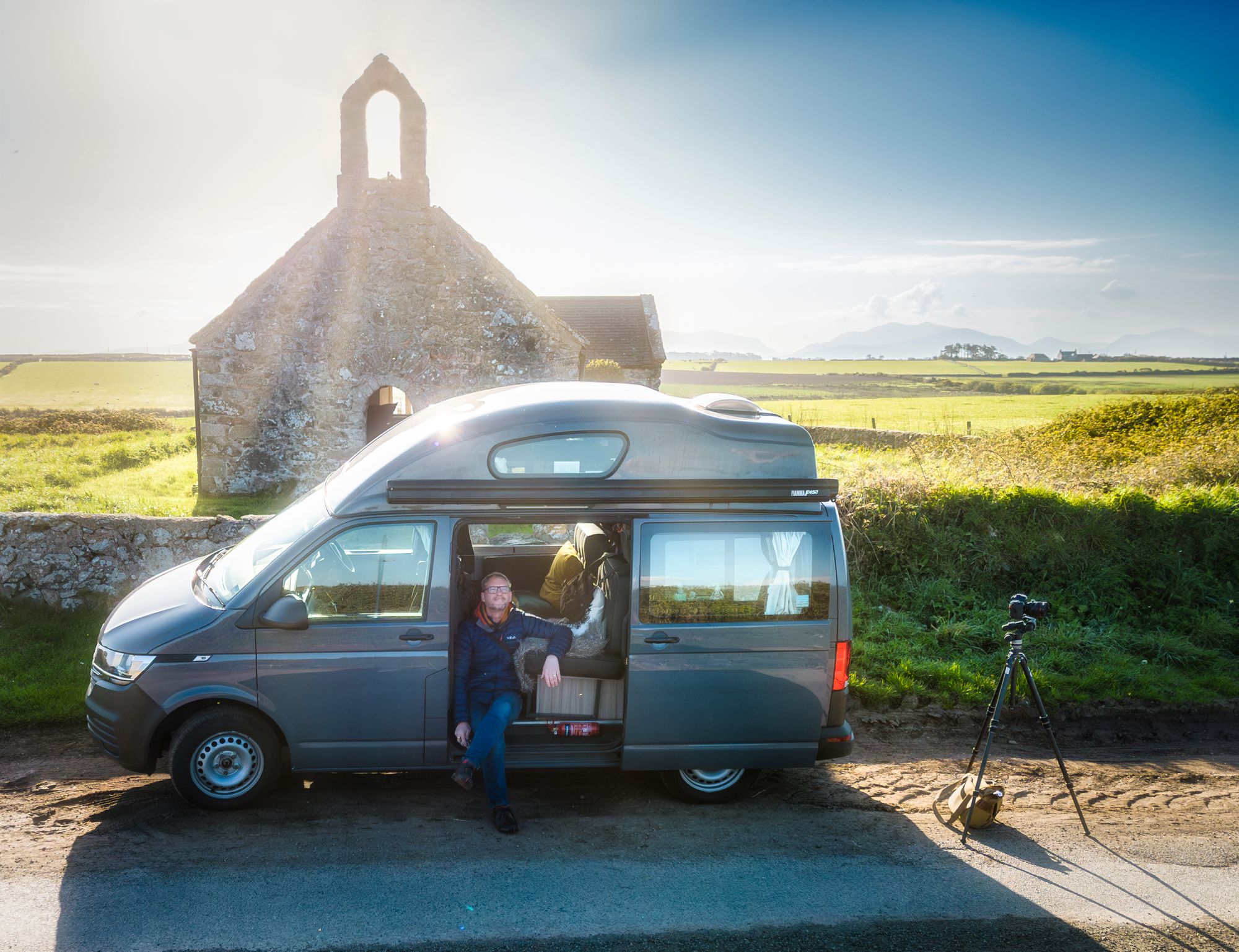
Photographs and words by Andy Marshall (unless otherwise stated). Most photographs are taken with Iphone 14 Pro and DJI Mini 3 Pro.



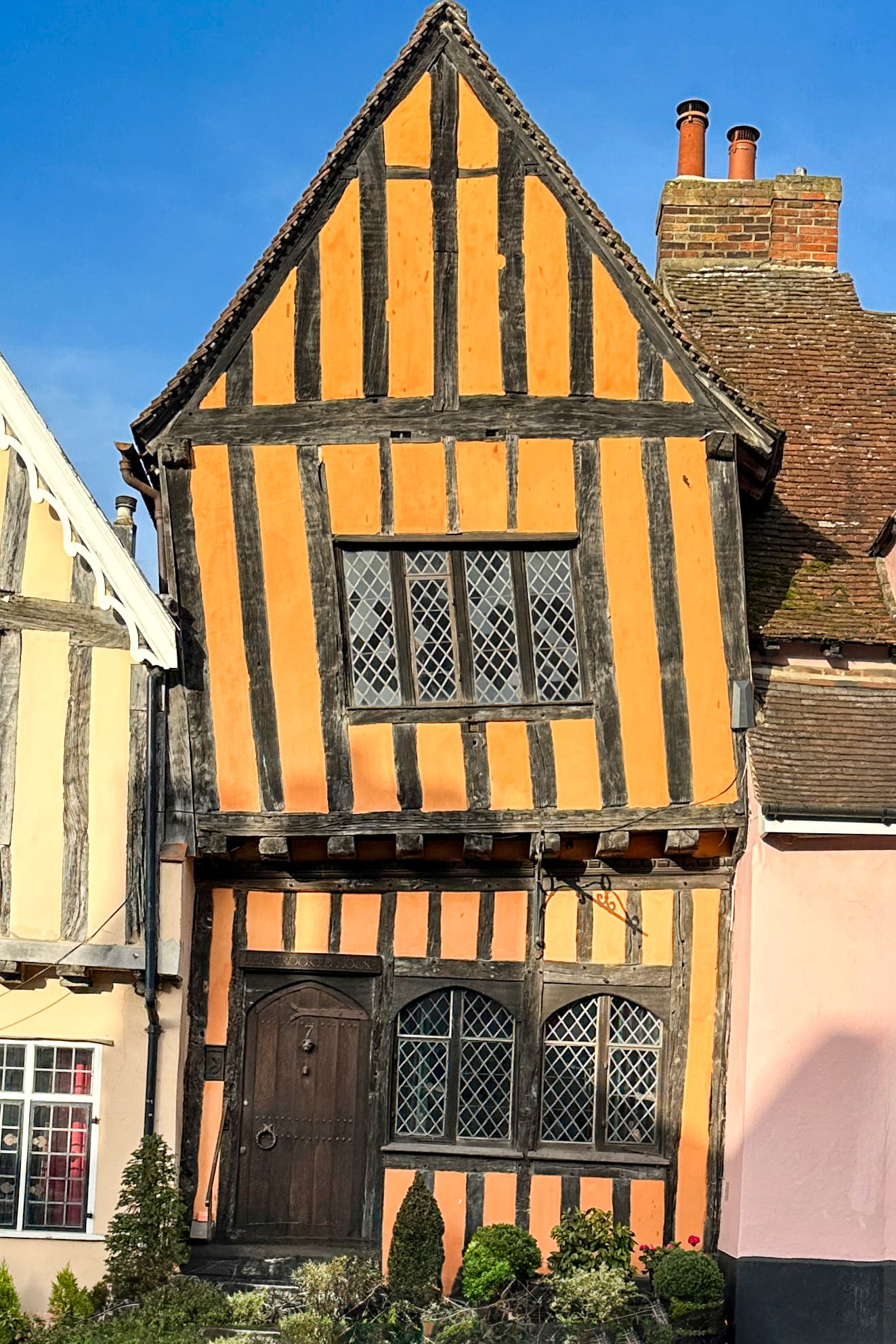
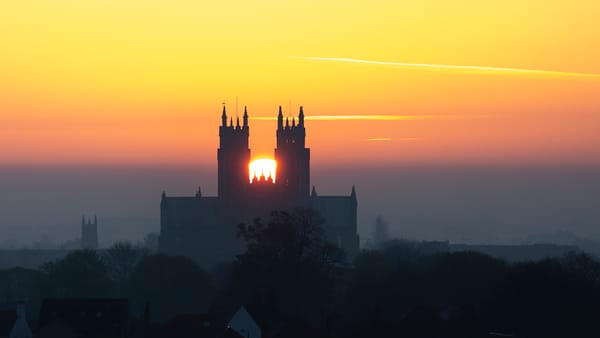
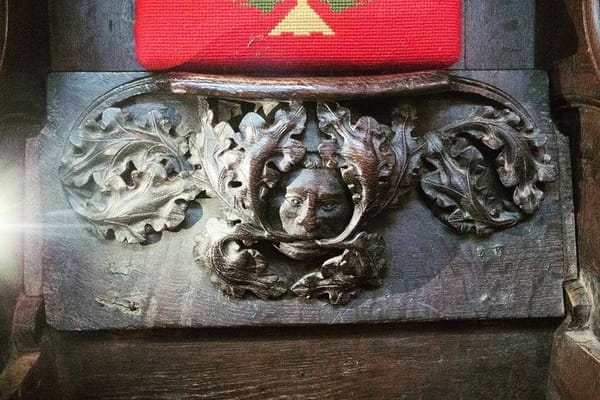
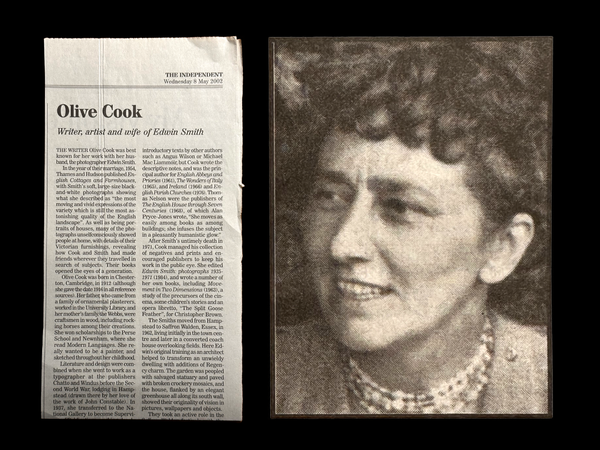
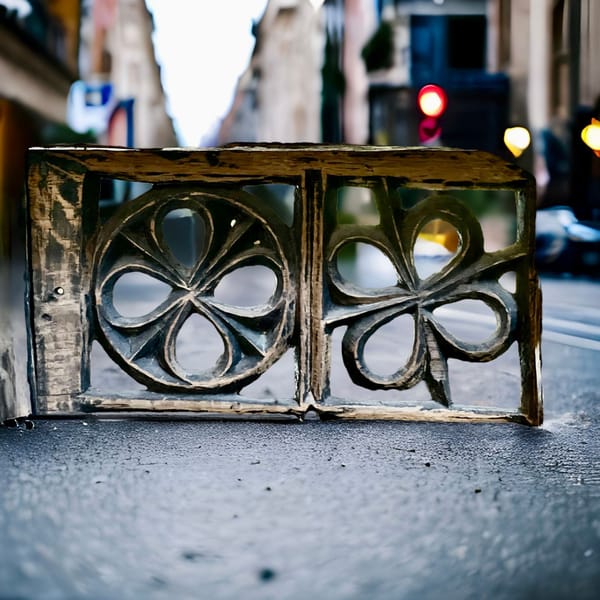
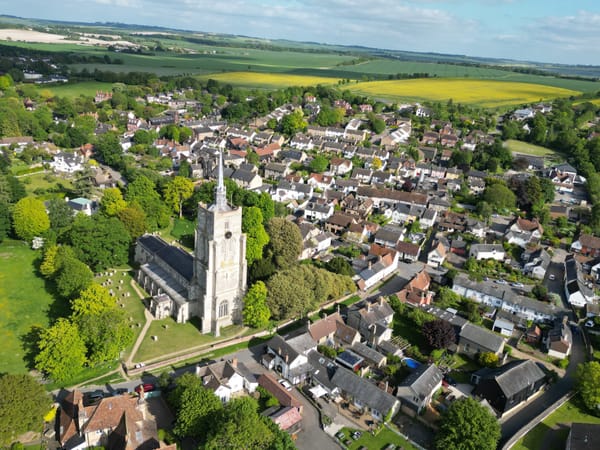
Member discussion